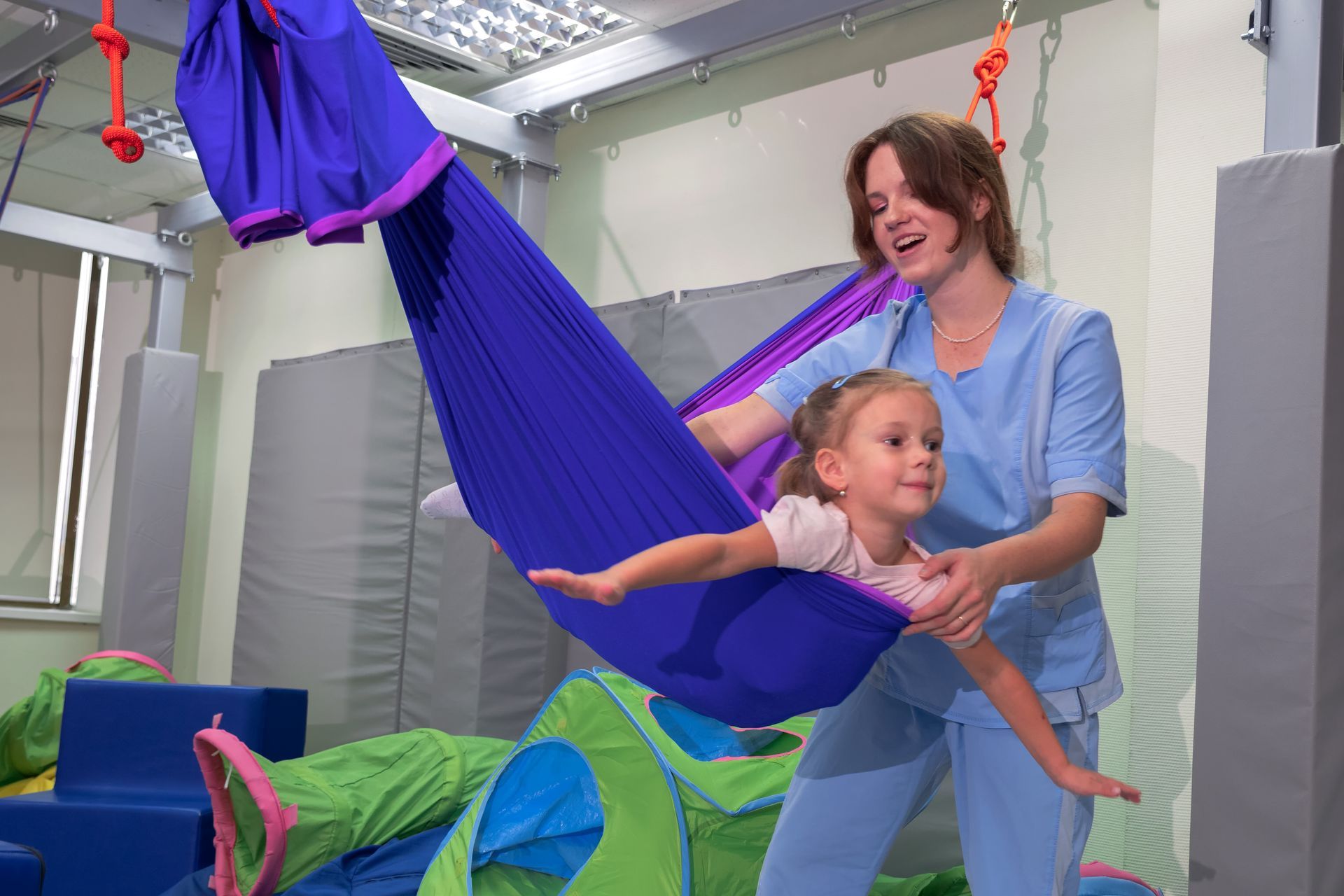Enhancing Accessibility for People with Visual Impairment: Bridging the Gap in Touchscreen Technology

In the today’s world, touchscreens have become an inseparable part of our lives. They offer convenience, interactivity, and functionality across various devices, from smartphones and tablets to ATMs and kiosks. However, as technology advances, it is crucial to consider the impact on different user groups, especially those with disabilities. One such group that faces significant challenges with touchscreens is people with visual impairments. The absence of tactile feedback and reliance on visual elements often leads to frustration and exclusion for those with visual impairment
In this blog, we will explore the problems faced by individuals with visual impairments while using touchscreens and look into some innovative technologies that aim to bridge this accessibility gap. It's essential to consider how what we often take for granted can lead to negative experiences for various minority groups.
Touchscreens and the Challenges for People with Visual Impairments
Touchscreens are not inherently designed with accessibility in mind. Unlike physical buttons or keyboards that offer tactile feedback and audio cues, touchscreens often lack these features. Icons, menus, and gestures, integral to the touchscreen experience, can be inaccessible for individuals relying on screen readers or magnifiers.
Research shows that touchscreens are becoming increasingly ubiquitous, but their design fails to consider the needs of those with visual impairments (Butler et al., 2008, p. 135). This creates barriers and makes it difficult for people with visual impairments to perform essential tasks or access critical information independently.
Promising Technologies for Improving Touchscreen Accessibility
Thankfully, researchers and developers are actively working on technologies to enhance touchscreen accessibility for people with visual impairments. Here are some exciting examples:
- Haptic Feedback: Haptic feedback involves using vibrations, forces, or motions to simulate the sense of touch. This technology can help individuals with visual impairments locate and identify elements on a touchscreen, such as buttons, sliders, or text fields. A research team from the University of Melbourne has created a prototype of a haptic touchscreen using electrostatic forces to create different textures and shapes on the screen surface (Butler et al., 2021, p. 1). Users can feel the contours and edges of elements with their fingers and receive audio cues during interactions. Testing with people with visual impairments revealed improved accuracy and efficiency in tasks like entering PINs or selecting options.
- Spatial Audio: Spatial audio relies on sound to create a three-dimensional representation of the environment, helping people with visual impairments orient themselves and navigate a given space. For instance, a team from the University of Sydney developed a system that guides individuals with visual impairments through indoor environments using touchscreens and spatial audio (Sato et al., 2021, p. 1). The smartphone app generates audio cues that indicate the direction and distance of Bluetooth beacons placed in the environment, providing crucial information about surroundings like doors, walls, and furniture.
- Tangible Interfaces: Tangible interfaces are physical objects that users can manipulate and sense to interact with digital information. These interfaces offer unique advantages in helping people with visual impairments access and control complex data, such as graphs, maps, or diagrams. An innovative system from the University of Queensland utilises tangible interfaces to aid visually impaired students in learning mathematics (Marriott et al., 2021, p. 1). The system consists of a tablet and tangible tokens representing numbers, operators, and variables. Placing the tokens on the tablet screen allows students to create and modify mathematical expressions, with audio feedback confirming their actions and reading out results.
Conclusion
The ever-present technology in our lives, particularly touchscreens, highlights the need for inclusivity and accessibility. While touchscreens have greatly enhanced the user experience for many, it is essential to acknowledge the challenges they pose for people with visual impairments. Developing technologies like haptic feedback, spatial audio, and tangible interfaces holds immense promise in improving touchscreen accessibility and a more inclusive environment for all users.
As we continue to embrace technological advancements, it is crucial to ensure that everyday conveniences do not exclude or frustrate groups of people. Being mindful of their needs is way for a more equitable and inclusive future.
References:
- Butler M., Neave P., & Datta A. (2008). Object appreciation through haptic interaction: A case study in accessibility for museum exhibits. In Proceedings of ASCILITE 2008 - The Australasian Society for Computers in Learning in Tertiary Education (pp. 135-144). Melbourne: ASCILITE.
- Butler M., Datta A., & Neave P. (2021). Haptic Touch Screens: A Novel Approach to Accessible Touch Screen Interfaces for Blind Users Using Electrostatic Friction. In Proceedings of the 2021 CHI Conference on Human Factors in Computing Systems (pp. 1-13). New York: ACM.
- Marriott K., Goncu C., Hurst J., & Jay T. (2021). Accessible Mathematics for Visually Impaired Students Using Tangible Interfaces. In Proceedings of the 2021 CHI Conference on Human Factors in Computing Systems (pp. 1-14). New York: ACM.
- Sato D., Cabrera D., & Ferguson S. (2021). Spatial Audio Guidance for Visually Impaired People Using Touch Screens. In Proceedings of the 2021 CHI Conference on Human Factors in Computing Systems (pp. 1-13). New York: ACM.
Dr. Matthew Butler: Object appreciation through haptic interaction - ASCILITE
Dr. Daisuke Sato: Spatial Audio and Acoustics research - The University of Sydney
Dr. Kim Marriott: Kimbal Marriott — Monash University







